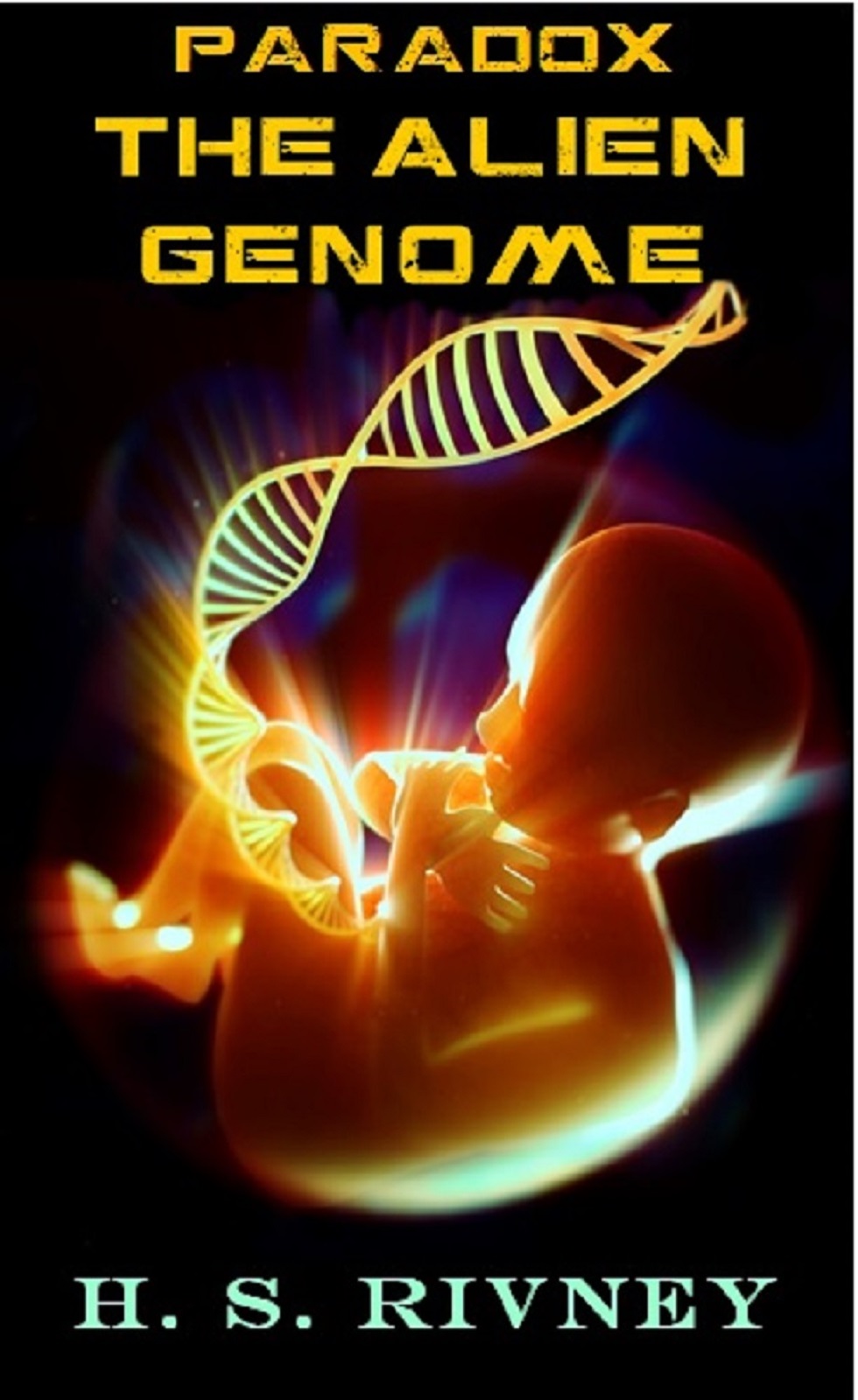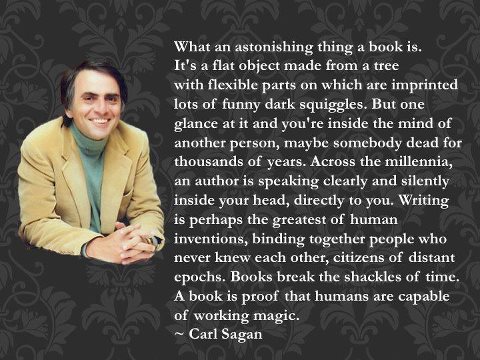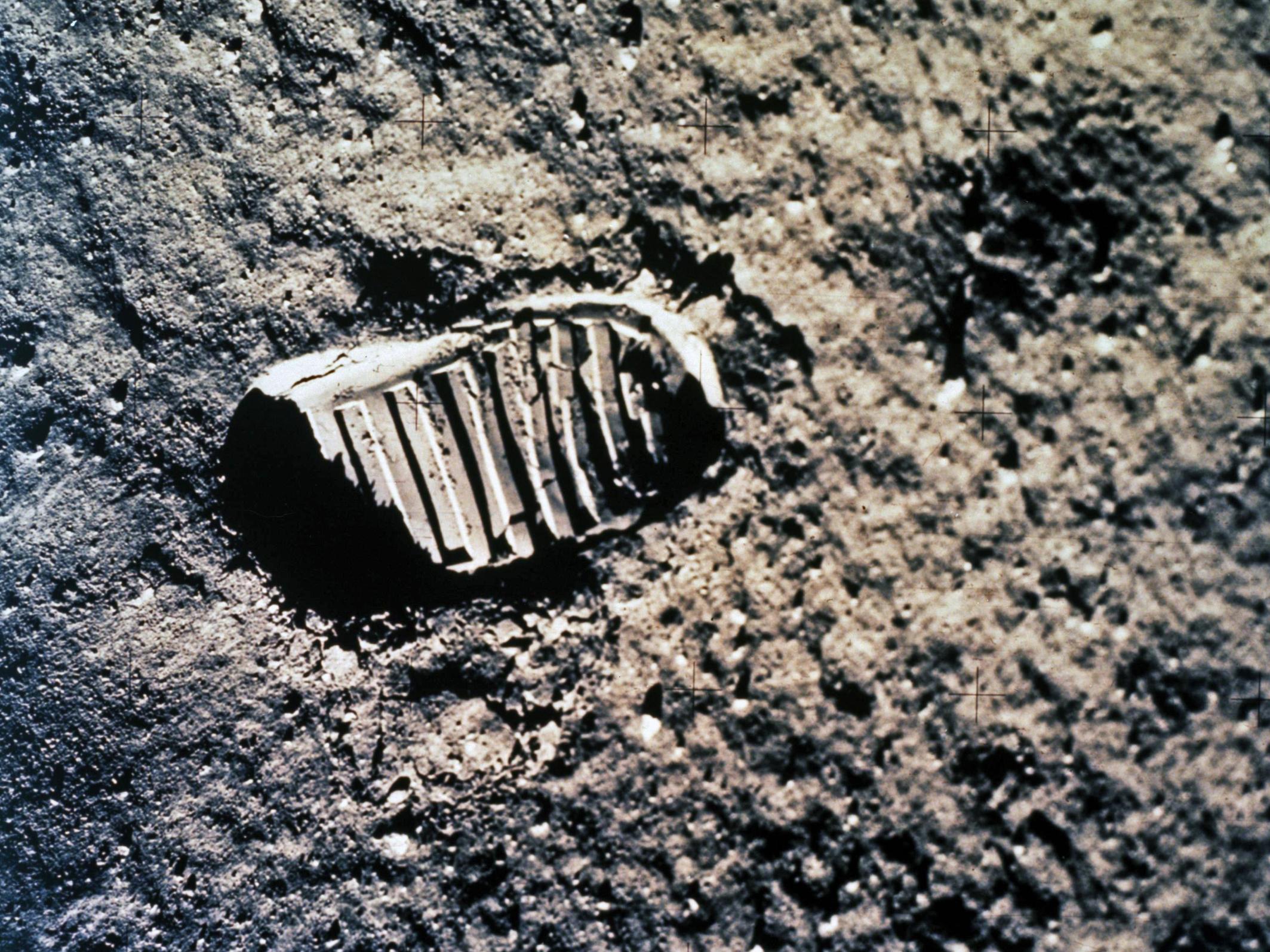23 Skiidoo
Just what are chromosomes? You hear about them all the time these days, in the media and the internet. Are those 23 wiggly strips of DNA that cursed you through high school biology class exams even worth your time when groceries, soccer, kids, work, traffic, and family all take a piece of you already?
 Genetic engineering is arguably the most significant single tool humans possess to change their future. It affects everything you can think of. Eradicating viruses, eliminating bacterial resistance, stopping birth defects, cleaning up polluted water, increasing crop yields, all on the radar in the genomic future of humans. I’d like to elaborate on each of those, but suffice to say the essay would become a text book.
Genetic engineering is arguably the most significant single tool humans possess to change their future. It affects everything you can think of. Eradicating viruses, eliminating bacterial resistance, stopping birth defects, cleaning up polluted water, increasing crop yields, all on the radar in the genomic future of humans. I’d like to elaborate on each of those, but suffice to say the essay would become a text book.
I’m only thinking of the human condition for this little blog. Let’s take a look at just a couple chromosomes so the task is manageable. By the way, I want to plant an image in your mind of the correct direction of a helix. As you look at the right side of the drawing, the bands in the fore of the diagram should be as this diagram displays, from the right downward. Why? Because a molecule of DNA is a chiral molecule, and on Earth at least, amino acids twist to the right (most sugars, however, twist to the left, chirally speaking. This is an entirely separate subject). Take my word for it or you can go see a detailed explanation here.
So back to chromosomes. Note that the letter N is not part of the word chromosome, I just want to draw your attention to that if you need to write the word and your spell checker is asleep. A chromosome, of which we have 23 pairs, is a really, really, long, long, long, complex molecule of nucleic acids, perhaps two meters long in some cases, all curled up tight and folded over itself countless times. Some of these chromosomes have as many as 5000 base pairs, those little bars that cross from one side to the other. So let that sink in. A two meter strand of microscopic nucleic acids, thousands of them, all compressed so small that 46 of them fit inside the nucleus of a single cell. Tiny is an understatement. I’m not sure I can think of an appropriate word other than microscopic or quantum to impress upon the eency weenciness and complexity of such structures. Suffice to say, they’re really small.
 Genetic engineers have found a way to reduce the severity of mental retardation in children with an extra chromosome 21 (Down’s syndrome) if they are aware of the mutation and can intervene before 10 weeks when the neural pathways begin to develop. New technology allows doctors to use fragments of fetal DNA found in the mother’s blood to diagnose the condition so an amniocentesis or CVS doesn’t have to be performed (increasing chance of miscarriage), which by the way is performed too late to correct the issue. Although heart development and characteristic features are already set, the mental retardation that accompanies Down’s Syndrome can be significantly reduced offering these children a more traditional future of independence and community acceptance.
Genetic engineers have found a way to reduce the severity of mental retardation in children with an extra chromosome 21 (Down’s syndrome) if they are aware of the mutation and can intervene before 10 weeks when the neural pathways begin to develop. New technology allows doctors to use fragments of fetal DNA found in the mother’s blood to diagnose the condition so an amniocentesis or CVS doesn’t have to be performed (increasing chance of miscarriage), which by the way is performed too late to correct the issue. Although heart development and characteristic features are already set, the mental retardation that accompanies Down’s Syndrome can be significantly reduced offering these children a more traditional future of independence and community acceptance.
We should respect nature, but not fear our ability to reduce suffering and lifelong disabilities if the technology supports intervention. We also will find that we must define what is a disability and to what degree. Is total blindness a given fix but nearsightedness on the fence? How much of a disability is really a disability? Will gene manipulation one day be used in the everyday care of pregnancy that an engineer can fix incurable disorders or will the simply undesirable disorders also be up for grabs? As we wade into the shallow waters of the primordial gene pool, we should be excited, responsible, and consider as many angles as possible before we go over The Cliff of No Return.
 Come out this Saturday to the beautiful J W Marriott resort in Summerlin and head to the 221 Tapas Restaurant and Lounge after your morning round of golf, an hour at the spa, or a game of cards in the casino. I’ll be out front from 1 pm to 4 pm selling and signing my new release “Paradox: The Alien Genome”, a story of courage in the face of adversity and tenacity when all hope is lost. Shipwrecked on a planet where the sun rises in the west and the chemicals of life make little sense, an unexpected love manifests an incomprehensible science that clashes with old superstitions, promises deliverance from genetic engineering folly, and brings out the worst, and best, of human nature.
Come out this Saturday to the beautiful J W Marriott resort in Summerlin and head to the 221 Tapas Restaurant and Lounge after your morning round of golf, an hour at the spa, or a game of cards in the casino. I’ll be out front from 1 pm to 4 pm selling and signing my new release “Paradox: The Alien Genome”, a story of courage in the face of adversity and tenacity when all hope is lost. Shipwrecked on a planet where the sun rises in the west and the chemicals of life make little sense, an unexpected love manifests an incomprehensible science that clashes with old superstitions, promises deliverance from genetic engineering folly, and brings out the worst, and best, of human nature.
 e meet me, say hello, and enjoy the tapas lounge and other entertainment on a lazy Saturday afternoon. I’m giving away my free e-book Gamma Ray Games with every purchase of Paradox, on the spot; enjoy two adventures of Captain Thomas Jackson and his intrepid crew of the Science Ship Linus Pauling.
e meet me, say hello, and enjoy the tapas lounge and other entertainment on a lazy Saturday afternoon. I’m giving away my free e-book Gamma Ray Games with every purchase of Paradox, on the spot; enjoy two adventures of Captain Thomas Jackson and his intrepid crew of the Science Ship Linus Pauling.


